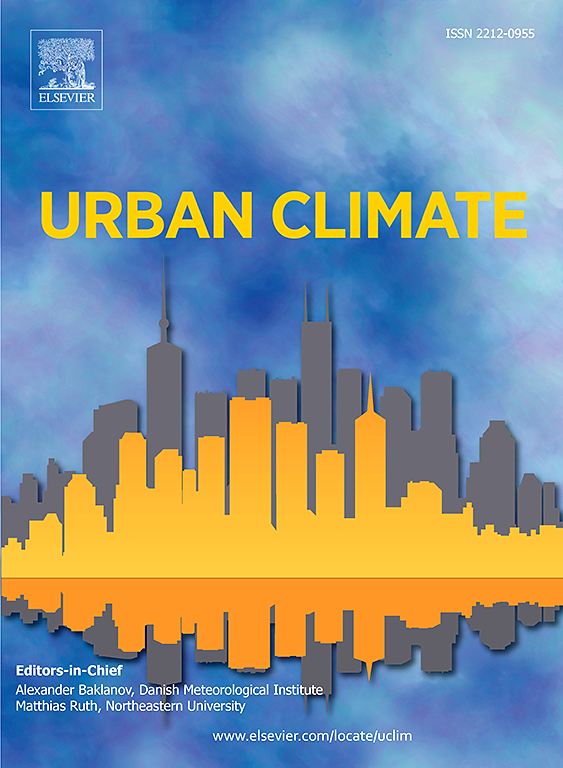The smarter the cleaner: Evaluating the impact of artificial intelligence on haze pollution
IF 6
2区 工程技术
Q1 ENVIRONMENTAL SCIENCES
引用次数: 0
Abstract
This paper innovatively evaluates the level of artificial intelligence (AI) by counting AI firms and employs a two-way fixed-effects model to analyze the impact of AI on haze pollution (HP), using panel data of 264 Chinese cities from 2006 and 2021. It is found that AI is an effective means to reduce urban HP, and that for every 1 % increase in the number of urban AI firms, PM 2.5 is reduced by about 2.22 %. Regarding mechanisms, AI mainly reduces urban HP through two ways: stimulating technology innovation and promoting industrial structure upgrading. Heterogeneity tests show that the haze reduction effect of AI varies due to urban HP level, urban location and urban characteristics, and is more pronounced in cities with high HP, as well as in western cities, northern cities, cities of high administrative levels, and resource-based cities. Our findings provide new insights for policy makers to better utilize AI technology to reduce HP.
越智能越清洁:评估人工智能对雾霾污染的影响
本文利用 2006 年至 2021 年中国 264 个城市的面板数据,通过统计人工智能企业数量,创新性地评估了人工智能(AI)水平,并采用双向固定效应模型分析了人工智能对雾霾污染(HP)的影响。研究发现,人工智能是减少城市雾霾的有效手段,城市人工智能企业数量每增加 1%,PM 2.5 就会减少约 2.22%。在机制方面,人工智能主要通过激励技术创新和促进产业结构升级两种方式降低城市有害气体排放。异质性检验表明,人工智能的降霾效果因城市高能效水平、城市区位和城市特征而异,在高能效城市、西部城市、北部城市、高行政级别城市和资源型城市中更为明显。我们的研究结果为政策制定者更好地利用人工智能技术减少雾霾提供了新的见解。
本文章由计算机程序翻译,如有差异,请以英文原文为准。
求助全文
约1分钟内获得全文
求助全文
来源期刊

Urban Climate
Social Sciences-Urban Studies
CiteScore
9.70
自引率
9.40%
发文量
286
期刊介绍:
Urban Climate serves the scientific and decision making communities with the publication of research on theory, science and applications relevant to understanding urban climatic conditions and change in relation to their geography and to demographic, socioeconomic, institutional, technological and environmental dynamics and global change. Targeted towards both disciplinary and interdisciplinary audiences, this journal publishes original research papers, comprehensive review articles, book reviews, and short communications on topics including, but not limited to, the following:
Urban meteorology and climate[...]
Urban environmental pollution[...]
Adaptation to global change[...]
Urban economic and social issues[...]
Research Approaches[...]
 求助内容:
求助内容: 应助结果提醒方式:
应助结果提醒方式:


